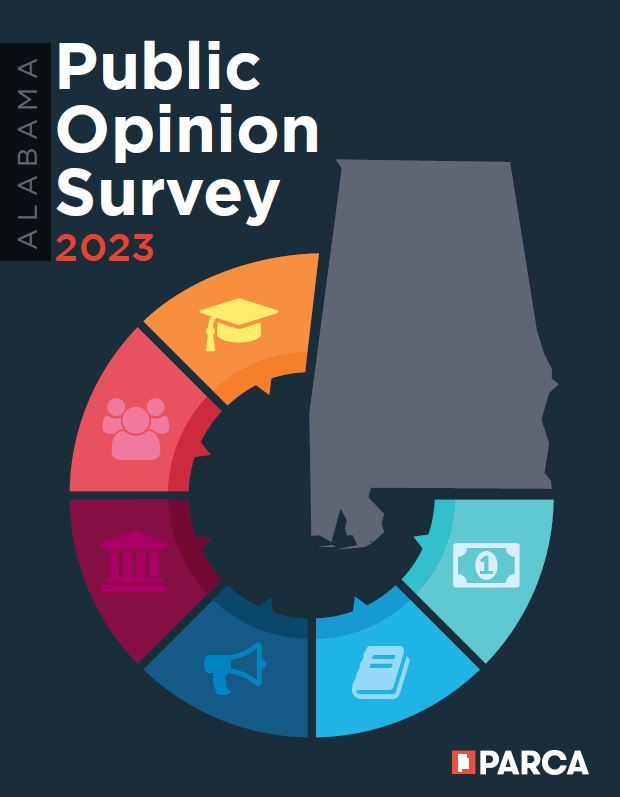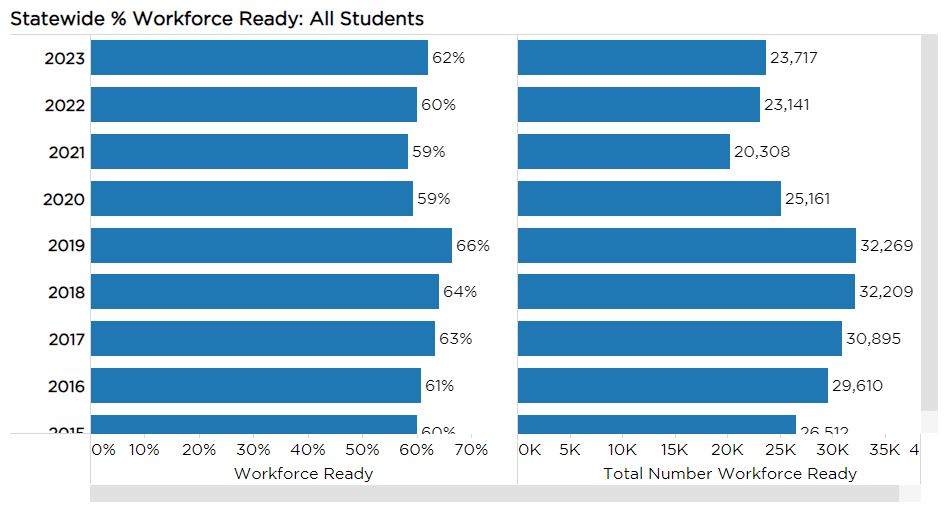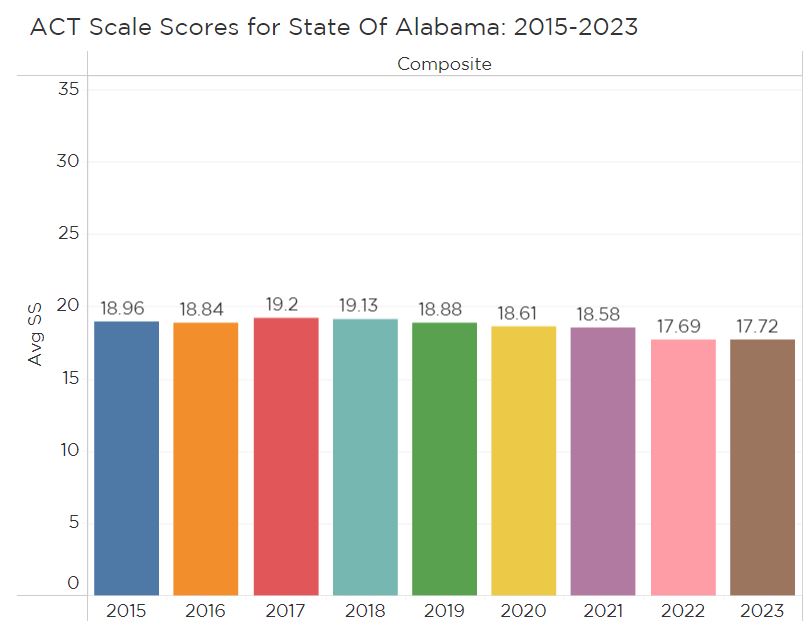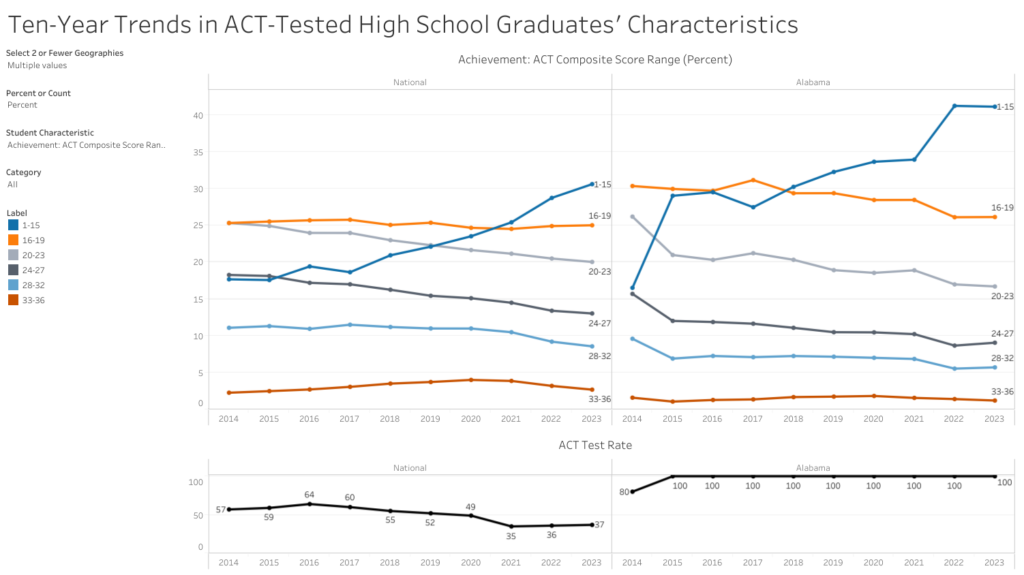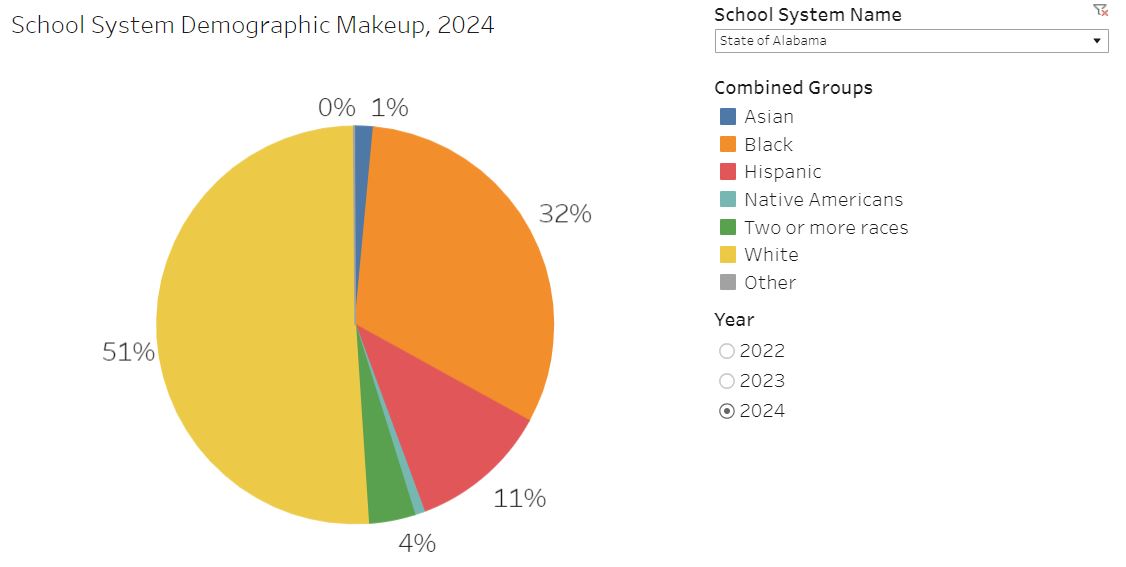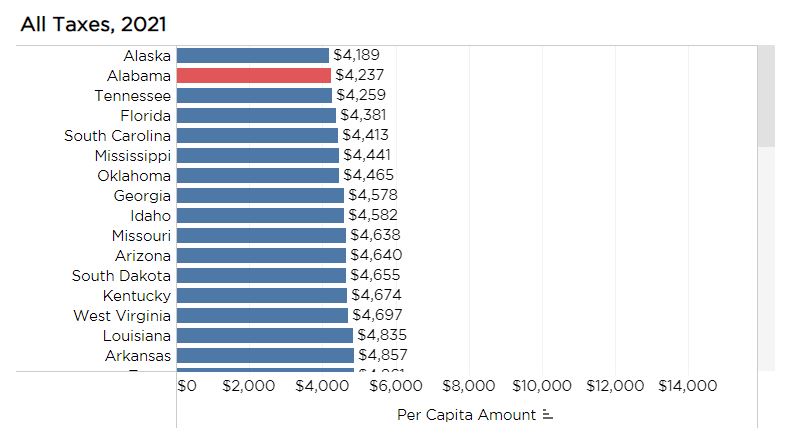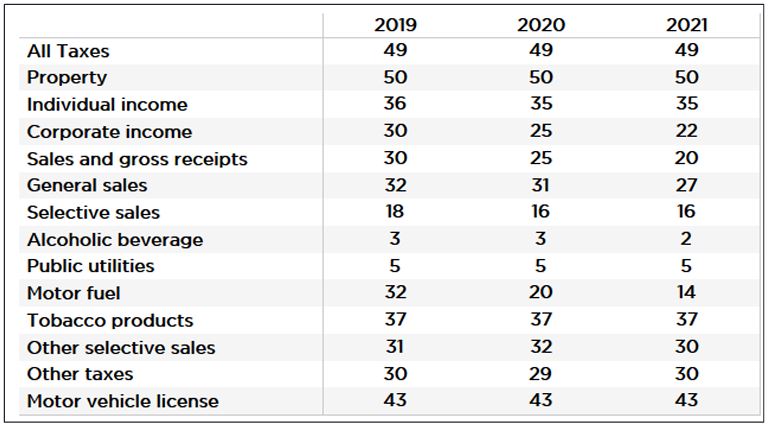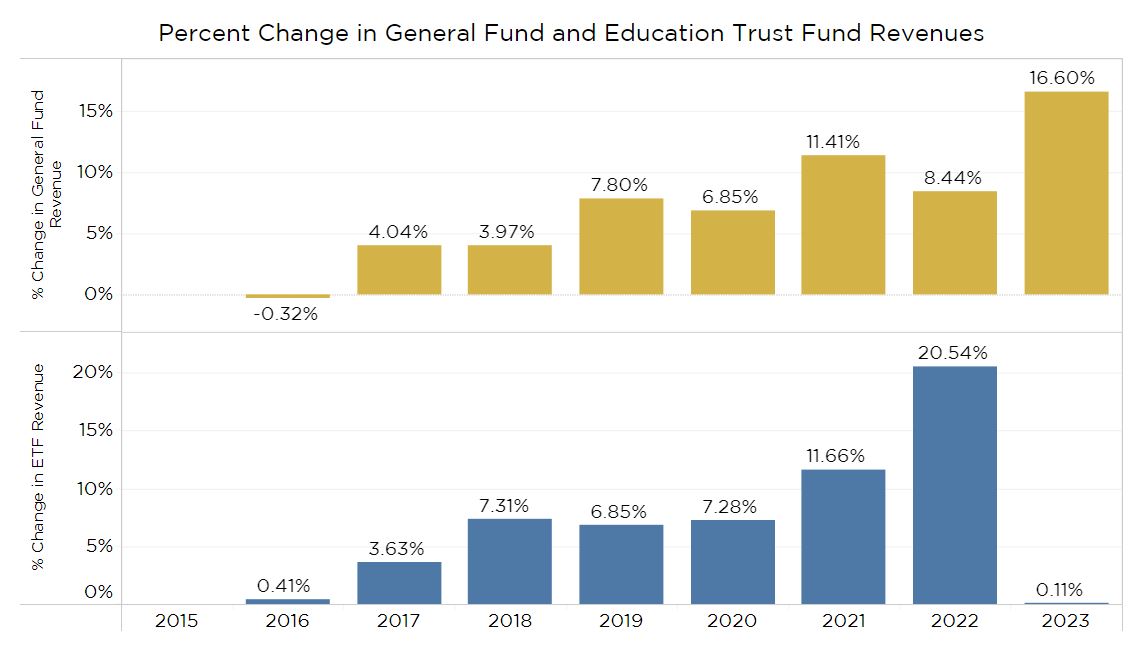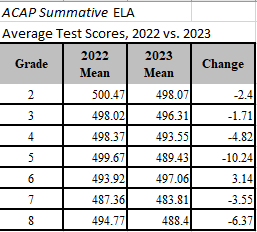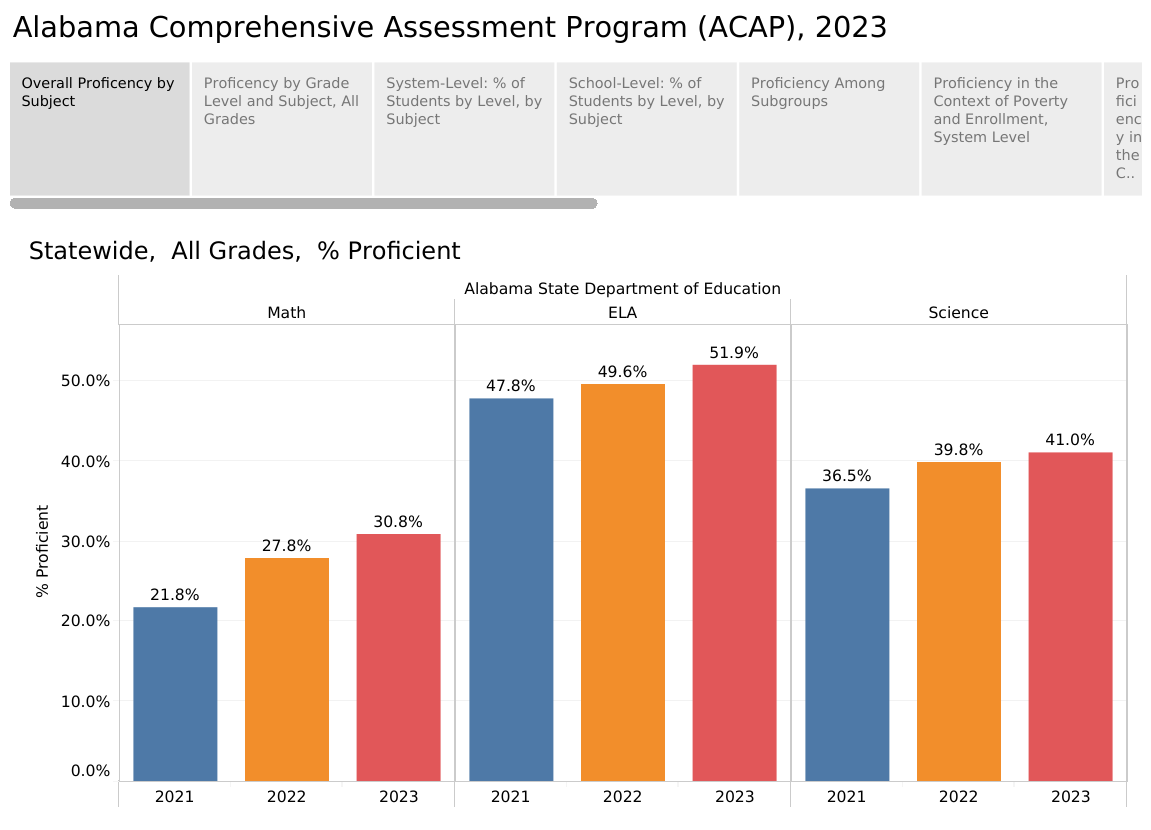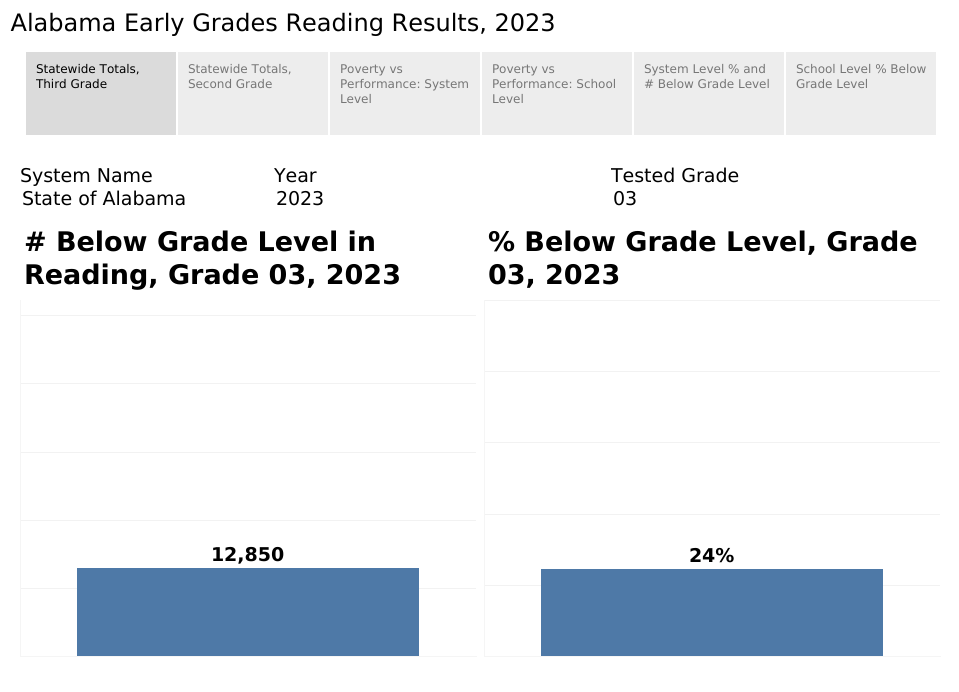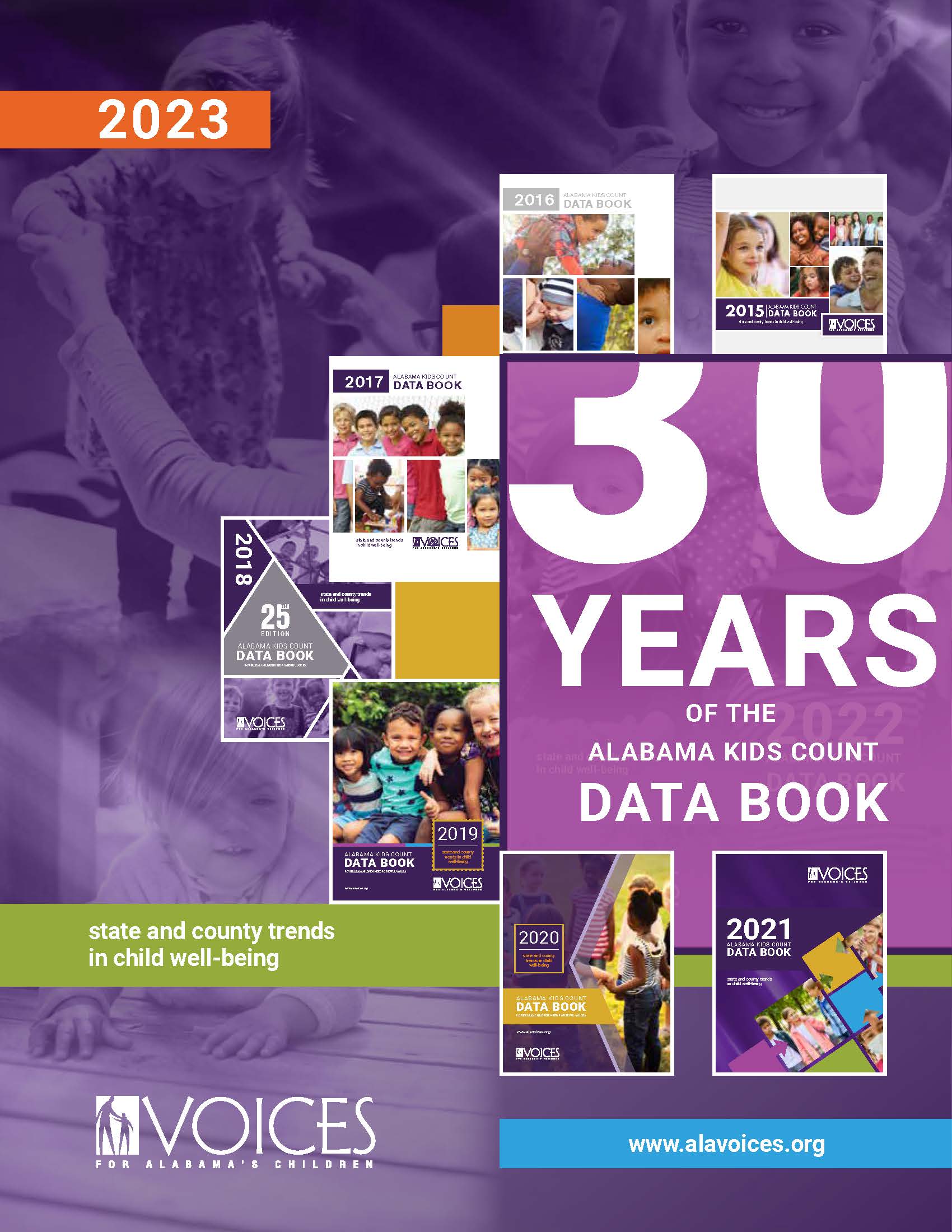
VOICES for Alabama’s Children published the 2023 Alabama Kids Count Data Book today, marking the 30th edition of the book published by the nonprofit. For the 8th year in a row, PARCA worked with VOICES as a data partner for the project.
Since 1994, the Alabama Kids Count Data Book has documented and tracked the health, education, safety, and economic security of children at the state and county levels.
For the 30th edition, VOICES also interviewed the directors of Alabama’s child-serving agencies and included excerpts.
The Data Book serves as both a benchmark and roadmap for how children are faring and is used to raise visibility of children’s issues, identify areas of need, set priorities in child well-being and inform decision-making at the state and local levels.
Below are some of the findings from this year’s data:
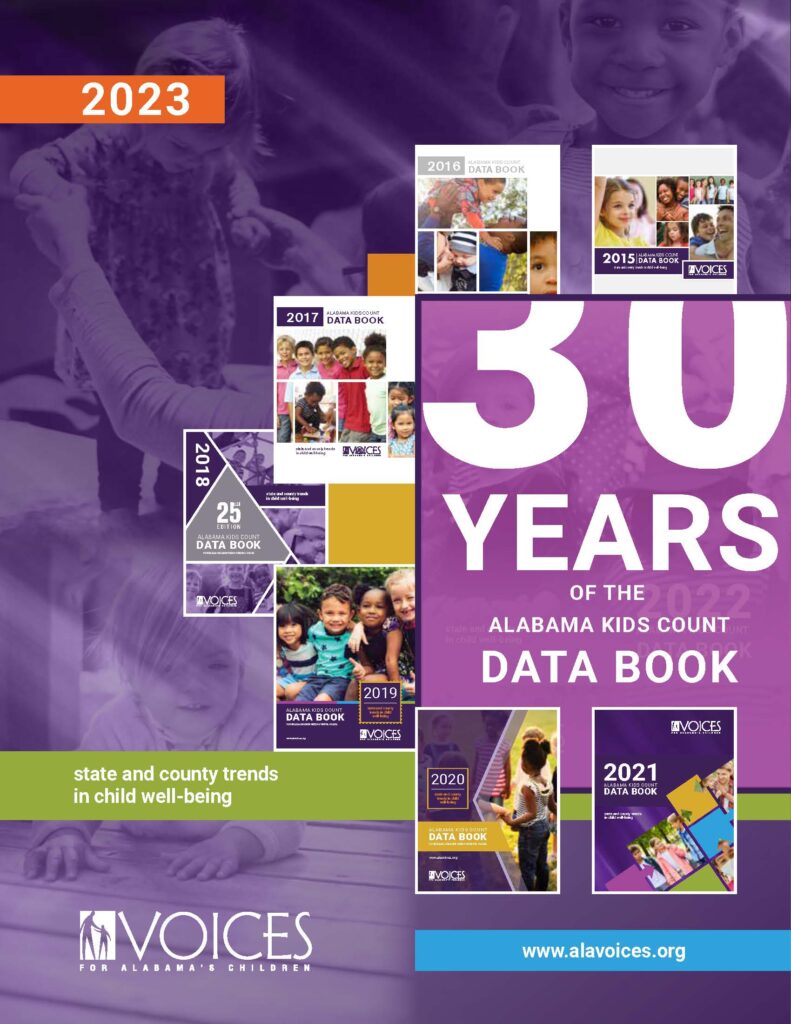
– Children of color and children in poverty are shown to have much poorer outcomes and much poorer achievements in education.
– Child population continues to decrease. Over the last year, the number of children grew in only 20 of 67 counties.
– Children in Alabama are becoming increasingly more diverse ethnically and racially. While white and Black child populations are declining, since 2000, Hispanic children grew approximately 276%. The Asian/Pacific Islander population grew by 120%.
– The infant mortality rate has slightly decreased from 8.1 to 7.6 per 1,000 live births from 2011-2021. In real numbers, that means that 443 babies did not live to their 1st birthday in 2021. Maternity care is critical. 34.3% of Alabama counties are defined as maternity care deserts. More than 28% of Alabama women had no birthing hospital within 30 minutes, which is more than double the U.S. rate.
– In 2022, the percentage of Alabama high school students meeting college and career ready requirements was 79.1% from 76.5% in 2021.
– 2023 Work-based learning programs (Dual Enrollment and Career Training Programs) are estimated to have had an economic impact of $420,209,126.
– From 2015-2023 there has been a 16.9% increase in the number of children entering foster care services. Parental drug use is the leading reason for children entering foster care, making up 44%, followed by neglect at 22%.
– 10.4% of children in the state are living in extreme poverty. Black and Hispanic populations are disproportionately affected (38.3% and 36.7% respectively), while white children make up 13.5% of children in extreme poverty.
See how children in all 67 counties of our state are faring in education, health, economic security, and more. VOICES believers that every child in Alabama should have access and opportunity to thrive and become all they can be, and hopes that by utilizing this book’s insights, we can identify the challenges, set priorities, track our progress, and achieve real outcomes for children and families.
Access the 2023 Alabama Kids Count Data Book here.
Want to see this data at the national level? Visit the national KIDS COUNT Data Center to access hundreds of indicators, download data and create reports and graphics!

